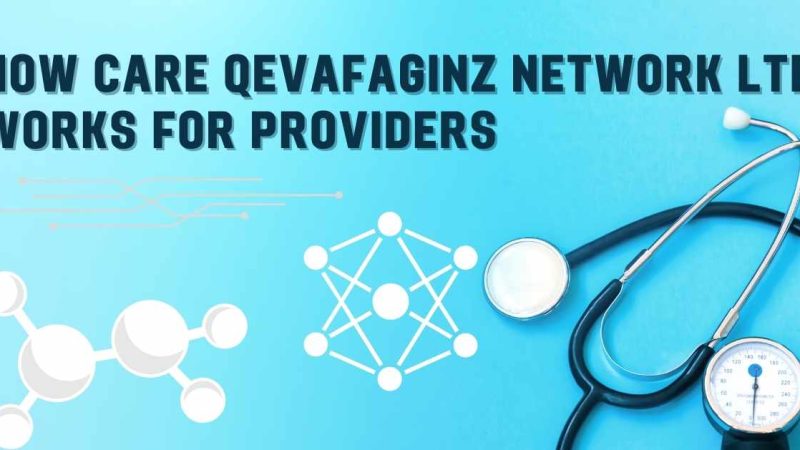The List of Image Annotation Tools for Machine Learning

Because humans are fundamentally visual beings, we understand and interpret things most effectively through their appearance. Hence, most of us are visual learners. Machines, on the other hand, are neither visuals nor living beings with sensory organs. But there’s computer vision science to address such problems.
Given the numerous applications of computer vision in the real world, visual skills are crucial for AI-powered systems to ensure safety, as well as reliability for humans. One such example is a self-driving car, whose driverless system requires annotated images to “see and respond” to real-world scenarios on the road, just like a human driver would do. Or what about a video surveillance system at the shopping mall that can help find a missing child or record a crime?
However, each computer vision application starts with labeled data combined with the right tools to get this data. In this article, we’ll review the most popular and well-performing tools used for image annotation in machine learning. Keep reading to learn more!
The Role of Image Annotation in AI
Everywhere we go, whatever website we want to explore… we see visual content. Image data is all around us. Why? Well, think about the fact that we take hundreds or maybe thousands of photos with each passing day. At the same time, tons of visual data is created for either individual or commercial purposes. All that needs to be put to good use.
Image annotation means adding special labels (aka tags) to an image or video frame. This is how a labeled image becomes machine-readable, which means an AI system can comprehend and analyze any object depicted in that image. Yet, this is merely the beginning of building sophisticated computer vision models in machine learning, but the most fundamental step to their success and efficiency.
To make all the time-consuming and tedious process of image annotation easier, there is a variety of tool options available today. Most of them are free and simple to use, which means that even a novice annotator can try them out.
Let’s go through the most well-known and commonly applied tools for image annotation. You should, however, note that this is not an exhaustive list of the labeling assets used to handle visual data. If you want, you can view more by the link.
Top 11 Image Labeling Tools for Machine Learning
1. CVAT
Computer vision annotation tool is arguably the most popular and widely used tool for machine vision tasks. It handles both image and video labeling, offering many functionalities to allow semantic segmentation, polygons, keypoint annotation, bounding boxes, etc. With its ease of use, even a beginner might learn the image annotation basics in a short amount of time with this tool.
However, there can be insufficient workflow functionality and scant source code documentation in CVAT. The program is also infamous for frequently crashing and is not supported by all browsers.
2. imglab
An easy-to-install and use program for free image annotation. It provides basic functionality together with a few outstanding extras (like automation). imglab serves both as a locally installed piece of software and a web-based program. In addition, it keeps your data locally, which is fantastic from a security standpoint.
It’s better to use the tool for small labeling projects, despite all of its excellent benefits. It’s not designed for complicated jobs. If you are a newbie in this field, you can use imglab for practice before you move on to more advanced software.
3. ImageTagger
Another great open-source option for annotating images. The tool makes up for its shortcomings with the ease of use and simplicity of its user interface. Additionally, the tool includes different types of data labeling, so it’s a popular option for those just starting out with image labeling.
The main disadvantage, however, is that ImageTagger doesn’t provide much in the way of capability, as many other data annotation tools. Nevertheless, it can be a great place to learn the ropes of image annotation.
4. Supervisely
A decent web-based, open-source application with some extra capabilities (e.g., project management and DL models for testing). In addition to the standard set of image annotation tools, the main perk of Supervisely is that it’s free (yet there are other plans with more expensive features that you may upgrade to).
However, this annotation tool is missing several time statistics parameters. There is also a clear requirement for better quality control methods.
5. LabelIMG
This tool’s main selling point is that it’s simple to use, so it’s a great choice for a beginner. It allows annotating images with bounding boxes, which is a common labeling method for many AI applications.
However, this tool is created only for annotating images and only with bounding boxes. This means that users cannot annotate videos with it or experiment with other annotation types. Overall, LabelIMG is a solid initial tool option to take into account if you simply require the use of 2D boxes and prioritize a user-friendly UI.
6. labelme
This labeling tool was developed by the MIT team as a prime example of an open-source tool for quick and efficient image annotation. A simple UI enables an easy installation process for this tool. Another option to consider when only at the beginning of the labeling journey.
But it has some cons, too. The annotation methods available in this tool aren’t all that varied. It’s mostly used for polygonal annotation, however, polygons occasionally lack precision.
7. Labelbox
One of the most preferred platforms for getting labeled training data. It makes the entire process easier, from image annotation and collaboration through iteration. Labelbox provides data management, human support, automation, a robust API for integration, and customization. The annotation methods it includes are bounding boxes, polygons, and lines.
However, one of the downsides is that the total lack of built-in AI support technologies makes it possible for many other tools in the market to outperform Labelbox.
8. VoTT
Microsoft created the Visual Object Tagging Tool to provide its users with a versatile and varied set of functionalities. Even though it’s web-based and free, Windows and macOS users may download it without difficulty. Its distinctive feature is that the tool offers various extraction formats and includes active learning, which is a pleasant plus. VoTT allows creating decent image labeling projects with no need to have a strong background in this field.
Despite its numerous benefits, VoTT still lacks the flexibility needed for more advanced, high-level AI applications. It also can get complicated with adjusting to the UI before getting started with image annotation.
9. VGG Image Annotator
This is another enjoyable option to consider for image labeling projects. Unlike above-mentioned tools, VGG Image Annotator enables circles and ellipses for a polygonal annotation method. All in all, it’s a useful tool with a straightforward UI and limited project management capabilities that works best for simple annotation tasks.
Still, it’s better to hunt for a more refined tool if you’re dealing with an intricate image labeling task. The VGG Image Annotator is quite basic and lacks many good features and functionalities.
10. SuperAnnotate
A comprehensive framework for labeling images and videos. This tool speeds up and automates projects in machine vision. It covers object detection, semantic segmentation, keypoints, cuboid annotation, and video tracking. SuperAnnotate helps generate training image datasets with the major annotation methods and of the highest quality.
But there isn’t much support offered, so the annotating experience is rather simple. Another disadvantage is limited free picture selection.
11. Scale AI
A popular platform for processing image and video data. Its major advantage is that it can handle 3D sensor data. Thus, the support of multiple data types may be beneficial for a number of CV tasks (e.g., object identification, categorization, and text recognition). The tool also offers dataset management, document processing, an automated QA system, and pre-labeling feature.
It does, however, offer almost no AI aid functions other from auto-detect.
How to Find the Best Annotation Tool for Your Project?
You can try to annotate the image data you have by yourself, or you can hire a third-party company to take on the job, like here at https://labelyourdata.com/services. Either way, the tool you or the company ultimately picks depends on the objectives of the machine learning project.
One significant distinction is that your annotation partner most likely has cutting-edge tools to meet all of your requests. But if you choose to test out your labeling skills, go through each of these features to make sure you get the best option in the market:
- Data formats: Finding the tool that can generate annotations in the required format can truly save the day, as it speeds up and simplifies the process of data preparation.
- User experience: To save time and guarantee an easy annotation process, the image annotation tool you use should be simple to use.
- Convenience: Ensure the tool is suitable for the varied skill levels of the data team members and has a low learning curve.
- Support: You should refrain from submitting any sensitive data to a third-party online program in case your data labeling initiative demands a high level of data privacy and security.
- Tools & AI assistance: Consider the variability of labeling tools and automation capabilities when looking for the right image annotation tool. A wide range of tools opens new frontiers in data annotation.
Final Thoughts

Finding an image annotation tool that will complete the task while maintaining good quality and a reasonable price is what’s considered the most practical choice for most data-driven businesses today.
In this piece, we looked through the best-known tools for image annotation and gave a thorough analysis of each. Although this isn’t a comprehensive list of image annotation tools, we hope it will guide your choice to meet the most intricate demands and goals of your ML project.






